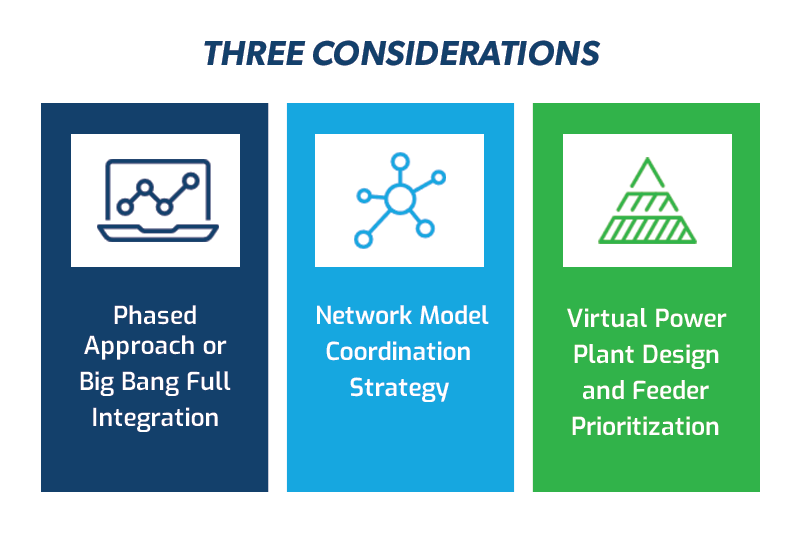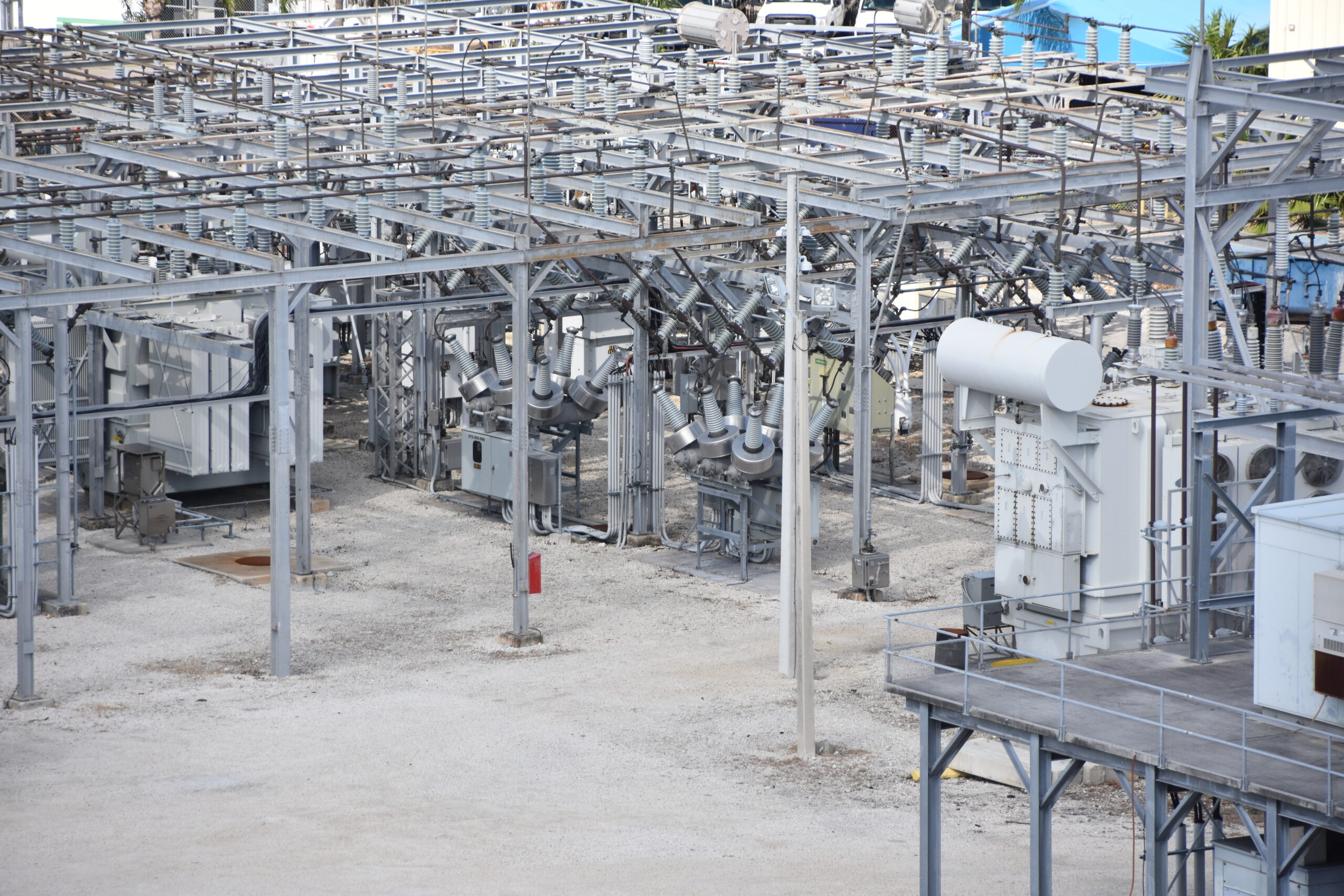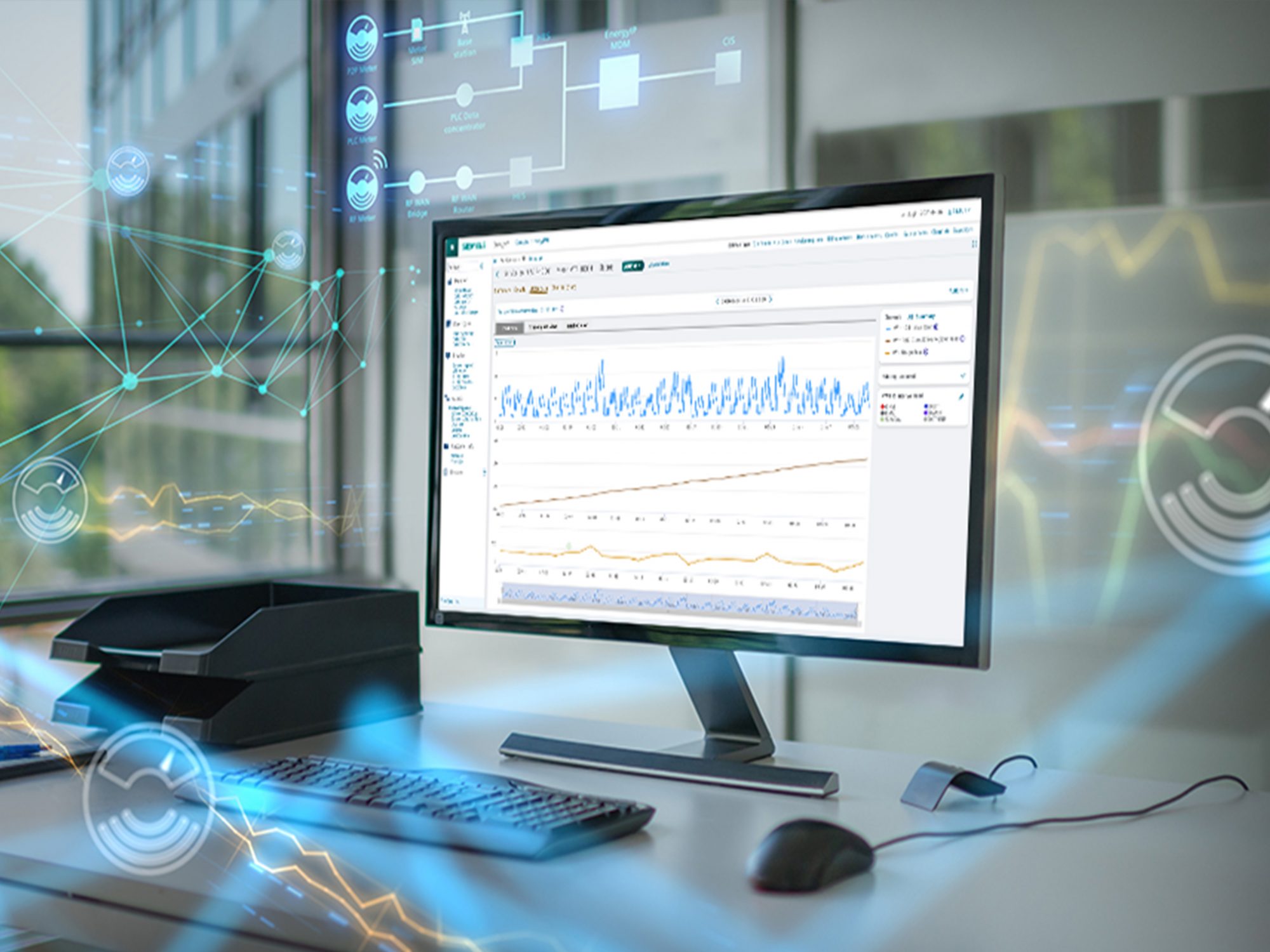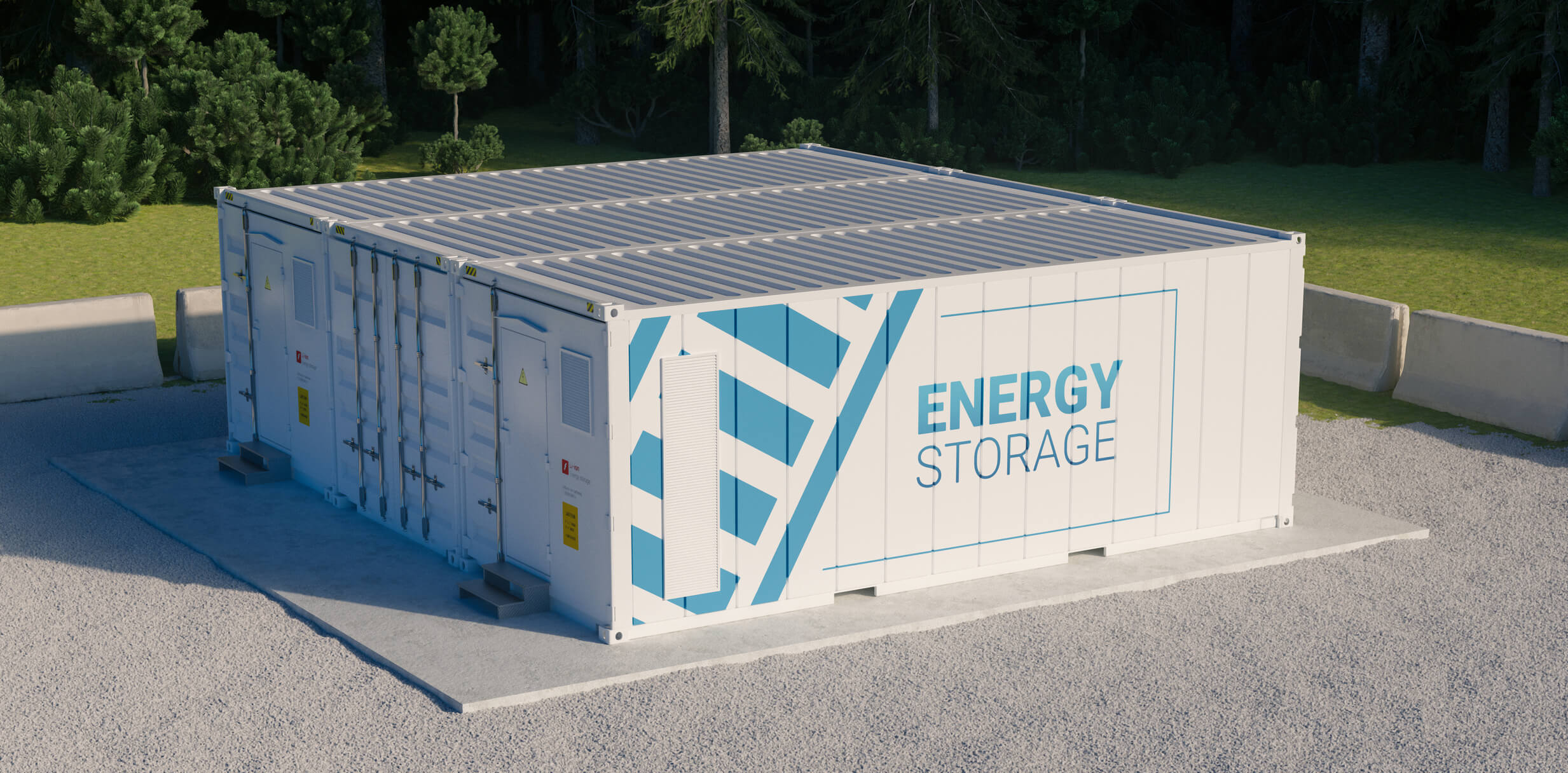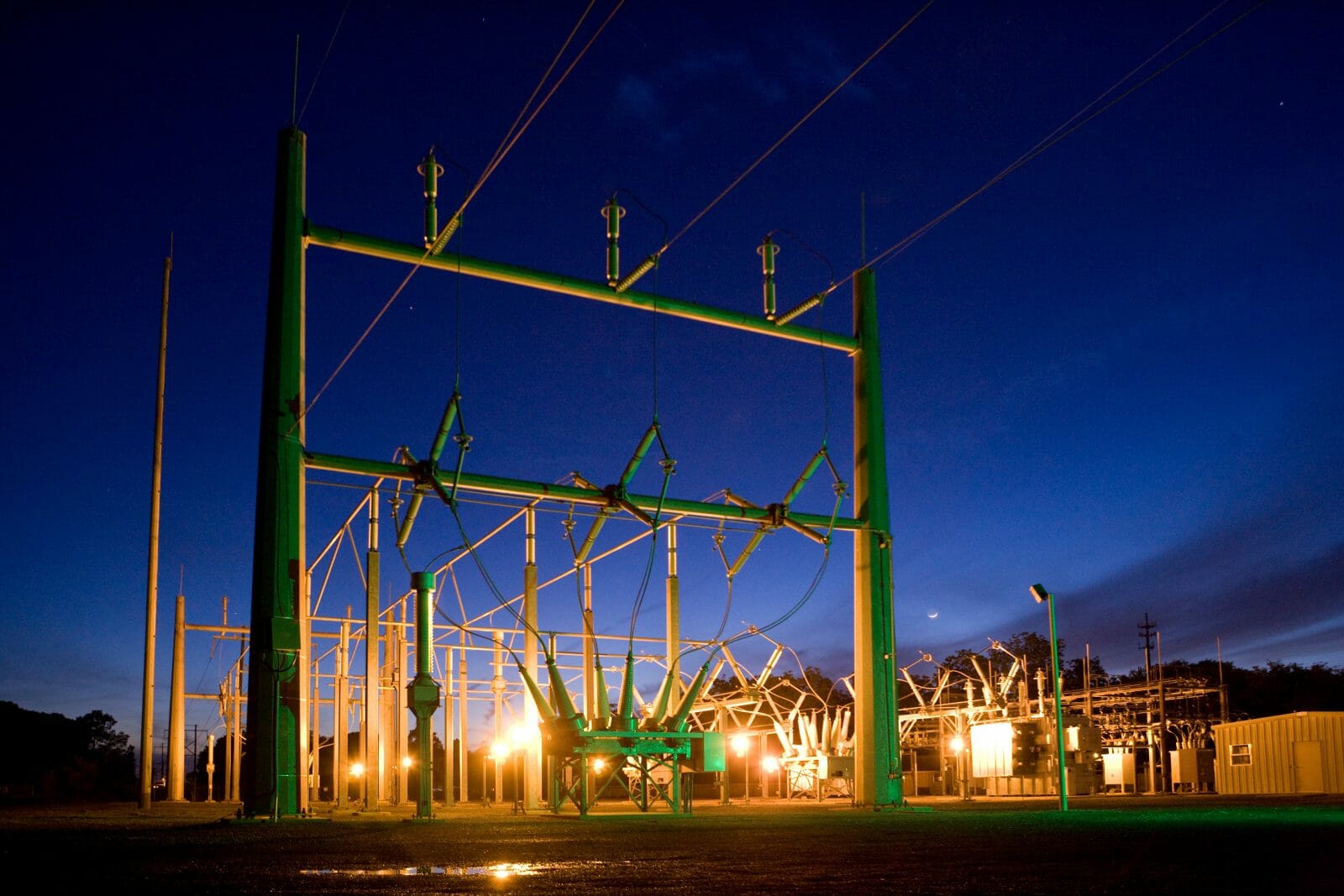Planning for the DER future
The substantial penetration of Distributed Energy Resources (DERs) feeding into the grid will continue to accelerate, spurred by federal and state investments and mandates for clean energy sources. Additional growth will come from customer demand for solar, electric vehicles and energy storage. DER assets are also a critical element of a utility’s larger reliability, resiliency and operational strategy. This growth necessitates a critical conversation on how utilities will manage DERs on the grid.
The ideal answer is to deploy and integrate an Advanced Distribution Management System (ADMS) with a Distributed Energy Resource Management System (DERMS), maximizing each system’s strengths and operational use cases. That said, integrating the two successfully presents a host of complexities related to data and project risk management, organizational readiness, operational and contractual constraints and more. Accounting for several key integration considerations up front can turn the challenges of DER management into a prime opportunity to transform and optimize the utility’s distribution operations.
Phased Approach or Big Bang Full Integration?
It depends – each utility is on a different roadmap for planning, deploying, enhancing and maturity of their ADMS and DERMS platforms. A combination of current state, future state roadmap, coupled with business use cases that straddle these platforms, will help provide guidance.
Utilities that take a phased approach may take the following steps:
- Ensure that DER assets are modeled appropriately within the as-built model system of record, such as a GIS and Asset Management System.
- Provide monitoring-only capability within the ADMS to provide visibility to the operations teams.
- Add control capabilities for operators for DER assets.
- Incorporate DERs within the ADMS’ advanced applications, circuit by circuit.
Taking a phased approach helps build a level of familiarity within the utility’s operations teams about each integrated aspect and may help the fully coordinated systems run smoother as a result. It is also important, from a system performance perspective, to ensure that the DERMS and ADMS platforms are sized appropriately to scale horizontally and integrate an increasing number of DER assets going forward.
Network Model Coordination Strategy
It is critical to work from the same network model, from both an as-built and as-operated operational perspective. One of the biggest challenges in executing a successful integration is reconciling the different data models between each system.
- The ADMS will need to understand where those DER assets reside, on which circuits and how they are interconnected to the distribution grid.
- If the GIS is the system of record for all DER model and asset related information, a model management business process will need to be defined to ensure that related data is not maintained within silos and that data can be extracted via a standards-based approach from the GIS and provided to the DERMS and ADMS platforms.
Virtual Power Plant Design and Feeder Prioritization
Having clear definitions for Virtual Power Plants (VPPs) and being able to prioritize feeders is key to supporting an integrated network model across DERMS and ADMS. When possible, network models should be accounted for during the VPP design phase.
- This situation includes knowing which feeders are connected to how many individual DERs. Using a feeder-based aggregation definition for VPPs can help.
- There may be differences in strategy depending on where the VPP is located, such as urban or rural, and what their impact on grid operations and management will be.
- Feeder prioritization becomes particularly important in a storm restoration scenario. Visibility into the customer to VPP relationship can play an important role in prioritizing and planning restoration schemes.
An integrated DERMS and ADMS can help manage the right feeders and all the related algorithms that support accelerating timing for restoration calculations.

Next Steps
While many utilities are only just planning for DERMS or ADMS, the time is coming when both must be implemented to manage the explosion of DER assets tying into the grid. While the considerations mentioned are not exhaustive, and the technology integration process will be unique to each utility, planning thoroughly now will ultimately avoid risk, reduce costs and improve reliability.
Achieve New
Possibilities
Partner With TRC’s Tested Practitioners



